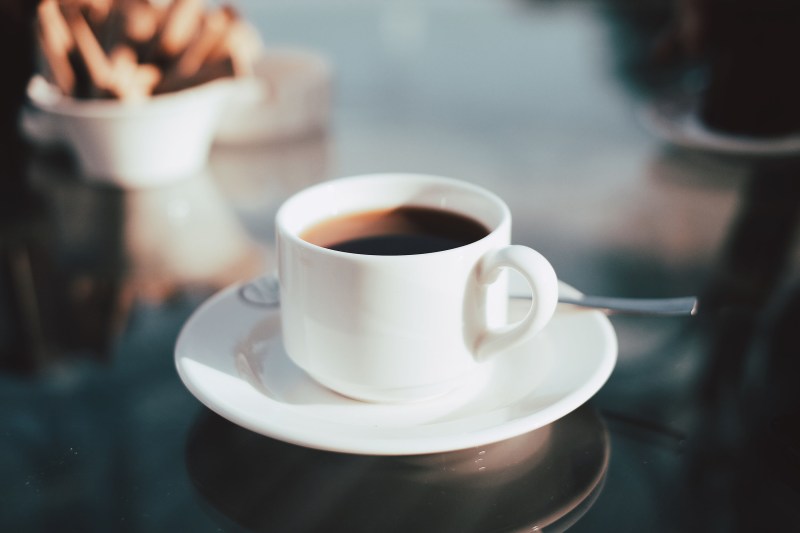Love or hate them, there always seems to be a new coffee trend. At the risk of sounding ancient, people took their coffee either black or with some mixture of cream and/or sugar before Starbucks came along. That was it. There were no Fraps or triple whip extra shots, a drizzle of confusing concoctions. There was coffee. Its sole purpose was to wake you up in the morning, not to act as a prop in Instagram selfies with stupid captions like, “coffee is my love language.”
Now, there seems to be a movement to get back to the basics, and some people are embracing simpler pleasures—pleasures like deliciously rich, home-brewed coffee that has no idea what a Hibiscus Refresher is.
With that said, sometimes, coffee trends are beneficial. A piece of information comes along that doesn’t necessarily fall into the “trend” category but is a new way to enjoy a classic—something that actually improves coffee and doesn’t just slap some glitter on a fancy cup. In this case, that new piece of information comes in the form of an ingredient so ordinary that one could hardly call it trendy. The new, hip trend? Adding salt in coffee.
What does salt in coffee do?

Salt is notorious for adding flavor to food and, yes, drinks, but it does so much more than that. When added to coffee, for example, salt doesn’t make the coffee taste “salty.” In this case, it takes the bitterness from the brew and brings out the natural sweetness of the coffee beans.
Celebrity Chef and Food Scientist Alton Brown featured this little trick on an episode of his show, Good Eats, back in 2009. In explaining how to make coffee less bitter, he said that you should add half a teaspoon of salt to every cup of water and two teaspoons of coffee grounds. Not only will this trick cut the bitterness of the brew, but it will also make the coffee’s flavor smoother and richer.
History of salt in coffee
While Brown may have been one of the first to discuss this coffee trick on TV, this tasty phenomenon is hardly new. In other parts of the world, such as Northern Scandinavia and Taiwan, brewing coffee with salt is as ordinary as spreading butter on toast. Across the world, there are various cultural reasons to add salt to coffee, too, such as the Turkish practice of a bride-to-be preparing coffee with salt for her future husband in a premarital ceremony. While you may not have heard of salt in coffee until now, people worldwide have been using this tried-and-true trick to balance the flavor of very dark roast coffees.
So, while we may be hearing a lot about salted coffee now, the truth is, the secret’s been out for a while. But unlike adding olive oil or butter to your coffee, this new trend doesn’t seem to be a trend; but an instant classic that’s here to stay.
How to add salt to coffee

Adding salt to coffee in just the right amount will help tame the bitterness and magnify its flavors. Despite how it sounds, unless you put way too much, you won’t suddenly be sipping on a cup that tastes like a salty potato chip. While you can add salt to coffee at any stage of the brewing process, you’ll get the best results by adding salt to brewed coffee. This applies to any brewing method, whether pour-over coffee or traditionally brewed drip coffee.
Using a pinch of salt in already-brewed coffee makes it easier to control the dosage and adjust accordingly. If you’re new to adding salt to coffee, start slowly until you create the desired level of bitterness. Then, increase the amount of salt until your taste profile matches your coffee preferences. Before going in with a heavy hand, remember the term “salt to taste.”
While traditional table salt will certainly do, you can also try this trick using other varieties of salt, such as sea salt, kosher salt, or coarse sea salt. Many also opt for pink Himalayan salt, which offers various health benefits while also helping improve the taste of your morning cup of coffee.




